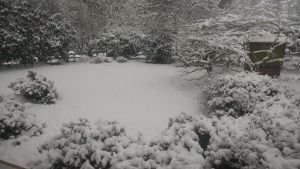
Last week I discussed the mechanics of how cold hardy plants can survive temperatures far below freezing. Today we’ll consider the practical implications of this phenomenon and what, if anything, you can do to help your plants through cold snaps.
What happens when temperatures change at unusually high rates?
Remember, supercooling occurs when temperatures drop slowly, allowing water to leave living cells and freeze in the dead spaces between cells. When rates drop quickly, which can happen on sunny winter days once the sun goes down, water can freeze inside the cells before it has time to migrate into the extracellular space. When that happens, those cells die when ice crystals pierce the cell membrane. Sometimes this damage will be visible right away – you’ll see water-soaked areas in leaves, for instance, where the contents of the cells have leaked into the extracellular spaces.
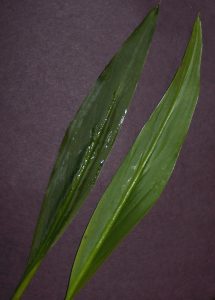
In other cases you may not see damage until spring, especially in buds that have frozen. The scales prevent you from seeing what’s happened to the tissues in the bud, but once warmer temperatures arrive you will see brown or black leaf and flower buds. These are NOT diseased buds, though they are often colonized by opportunistic pathogens.
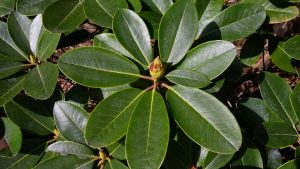
What about wind chill?
The wind chill question is an interesting one. Despite the way it feels to you, wind chill does NOT lower the temperature below the ambient air temperature. It just cools things off faster than they would without the wind. For cold hardy plants, this has two important effects:
- The rate of temperature decrease around the plant speeds up – so ice can form faster than normal. This can result in freeze damage to the plant as described above.
- The wind itself is dehydrating, pulling away water from plant tissues and causing freeze-induced dehydration (as discussed last week). This also causes damage to susceptible tissues and is often called winter burn.
So even though the temperature itself is not lowered by wind, the rate at which it decreases and the additional dehydration stress means that plants can be damaged at temperatures they would normally survive in the absence of wind.
What can we do to help plants survive?
Before cold temperatures are expected, it is critical to mulch the soil well with a thick layer of coarse, woody mulch. This insulates the soil and roots, which are the least cold tolerant of all plant tissues. Roots never go dormant, so they are generally unable to supercool much more than a few degrees below freezing. Oh, and be sure your soil is moist (but not waterlogged). Moist soil is a better heat sink than dry soil.
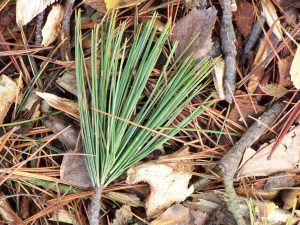
Next, be sure insulate freeze-susceptible plants. This can be done by constructing a cage of chicken wire around small trees and shrubs, filling it with leaves, and then wrapping it in burlap. Containers should be moved to the leeward side of the house or other building and grouped together. The containers need to be protected from freezing at all costs.
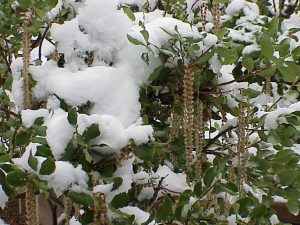
Speaking of insulation, snow is a great insulator. But it’s not always best to leave it in place. If temperatures are cold and snow is dry and light, leave it in place to insulated tissues. But if temperatures are near freezing and the snow is wet and heavy, remove it as much as possible. Its insulative value is marginal and the damage that heavy snow can do to trees and shrubs is permanent.
Here in the UK last March we had severe cold winds that the press dubbed ‘the beast from the east’ In two days it caused more damage to the gardens than much colder and prolonged low temperatures a few years before. (Although when we read the press about weather in the USA this year we can’t compare)
Do you have any comment on the rabid thaw when morning sun alights on frozen plants?
In your case, the damage was more severe because plants had already met their cold requirement and were no longer fully dormant. That means they would be more sensitive to freeze damage than if the storm had come in January, for instance.